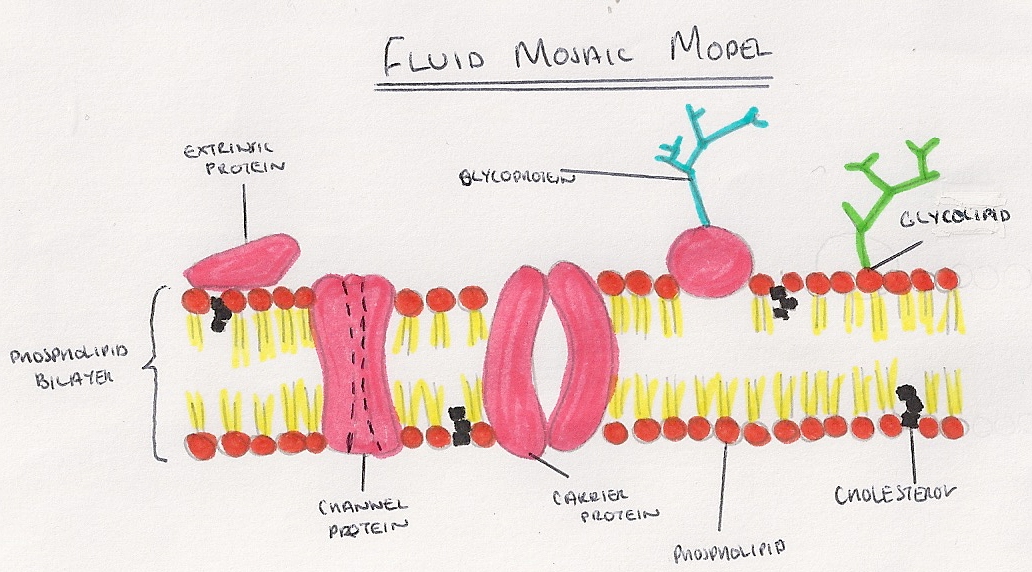Cell Membrane Structure And Function A Level. Bacterial cell wall is made up of peptidoglycan. Cell fragments poured into a tube, and put into a centrifuge on a low speed so the heaviest organelles go to the bottom and form a pellet.

At the level of the cell, in tissues involved in secretory functions, such as the salivary glands, the cells have abundant golgi. Some of these proteins span the whole width of the membrane. Its function is to protect the integrity of the interior of the cell by allowing certain substances into the cell while keeping other substances out.
The Cell Membrane Controls The Movement Of Substances In And Out Of Cells And Organelles While Protecting The Cell From It’s.
The hydrophobic parts of the molecules on the bilayer face each other, whereas the hydrophilic parts form the inner and outer surfaces of the cell membrane. Structure and function of cell membrane! They also differ from eukaryotic cells in having:
Membranes Are Vital Structures Found In All Cells;
The graph shows the rate of ion movement and the rate of atp production in an investigation carried out on the suspension of cells. The homogenised cell solution is filtered through a gauze to remove cell debris or tissue debris. The principal components of the plasma membrane are lipids (phospholipids and cholesterol), proteins, and carbohydrate groups that are attached to some of the lipids and proteins.
How Do Membrane Proteins Interact With The Membranes?
Lysosomes are cell organelles almost exclusively found in eukaryotic animal cells. Know the structure and function of cell membranes 3.1: Bacterial cell wall is made up of peptidoglycan.
Structure Of Plasma Membrane The Plasma Membrane (Also Known As The Cell Membrane Or Cytoplasmic Membrane) Is A Biological Membrane That Separates The Interior Of A Cell From Its Outside Environment.
Cell membrane is a protective covering that acts as a barrier between the inner and outer environment of a cell (in animals). Organelles perform different functions within a cell, and this is called the division of labour. Some of these proteins span the whole width of the membrane.
Protecting The Integrity Of The Interior Cell.
It contains a dense structure called the nucleolus and is surrounded by the nuclear envelope, a structure composed of two membranes, seperated by fluid, which contain a. Its function is to protect the integrity of the interior of the cell by allowing certain substances into the cell while keeping other substances out. The cell membrane is not a solid structure.